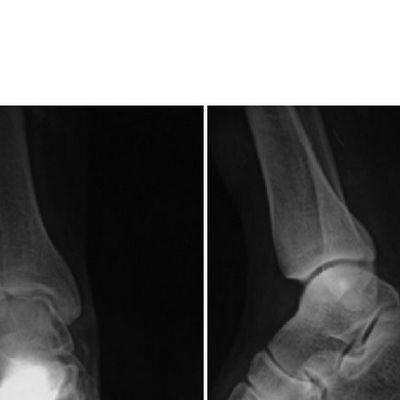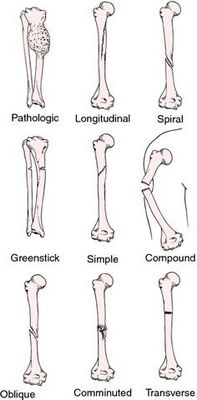
Treatment for an irregular fracture usually involves icing and resting the affected area, followed by limited exercise to stimulate bone growth and improve bone mobility. Unfortunately, most severe fractures heal quickly without surgery. However, a small percentage will require surgical treatment. Thus, understanding what an abnormal fracture is and how it differs from normal bone fractures is extremely important if you want to craft a successful treatment plan.
Normal bone fractures result from injury to the bone structure as a result of a sharp blow or blow. The force of the blow causes sudden deformation of the bones, usually resulting in severe bruising and swelling. This is usually accompanied by a rapid loss of bone function. On the other hand, a severe fracture occurs as a result of a blunt blow or blow to the bone and is characterized by a sudden deformation of the bone due to its inability to withstand the force of impact, resulting in a small amount of fracture. This is often accompanied by bruising.
Bone structures differ depending on the area of the body being injured. Common fractures of the jaw include bicuspid aortic dissection, which is caused by an accident or displacement of the bicuspid valve between the aortic valve and the ribs, and bicuspid thoracic dislocation caused by a blow to the chest or neck. In addition, bicuspid dissection in the upper chest is caused by damage to the base of the skull (which can also cause bleeding) or bone trauma.
Having a malformed fracture does not necessarily mean that the bone cannot be repaired and requires bone repair or replacement, although this can happen in some cases. However, the damage is often so severe that an adequate level of bone repair or replacement cannot be achieved, so the only option available is to treat the bone fracture with surgery. The operation can be performed under general anesthesia or local anesthesia.
Potential bicuspid aortic dissection or any other type of bone fracture, like all fractures, requires appropriate measures to be taken to protect the injured area. In addition to regular dressings, you can use a splint or splint to prevent air from entering the wound. This allows for a longer healing time and prevents complications associated with lack of oxygen, such as infection, which can occur in fragments of bone that remain outside the wound for too long.
In addition to a splint, another common surgical treatment is a procedure known as an osteotomy. In this procedure, a thin metal rod, often with screws, is inserted into the bone to create a channel for air to enter the wound.

Avulsion fractures
can also be treated with a procedure known as arthrocentesis. Arthrocentesis involves inserting a needle into the bony opening of the femur (femur) to remove fluid and blood collected inside the bone.
Bone growth is important for correcting abnormal bone growth at the site of the fracture. While growth is usually rapid and abrupt after recovery, the growth process slows down after about six months, so the full healing process may not take place until a more advanced level of recovery is achieved.
With a bone hole that has undergone bone separation, increased pressure may develop in the bone spaces, and at this moment the bones themselves may begin to "wear out", as a result of which the bone is separated from the surrounding tissue. This can lead to scarring where the bone is torn off.
The success of recovery operations largely depends on the degree of damage and the level of repair required. Although complete repair of the abrasion depends on the surgeon’s ability to return the original bone to its original position, repair of small fractures can often be achieved with minimal or no scarring.
Bone tears are the most common of all bone injuries. They are one of the most common causes of bone growth abnormalities. They can be treated with medication or surgery. While minor damage may not require immediate intervention, larger fractures may require more extensive treatment, including the removal of bone fragments and possibly even replacement of the damaged bone.